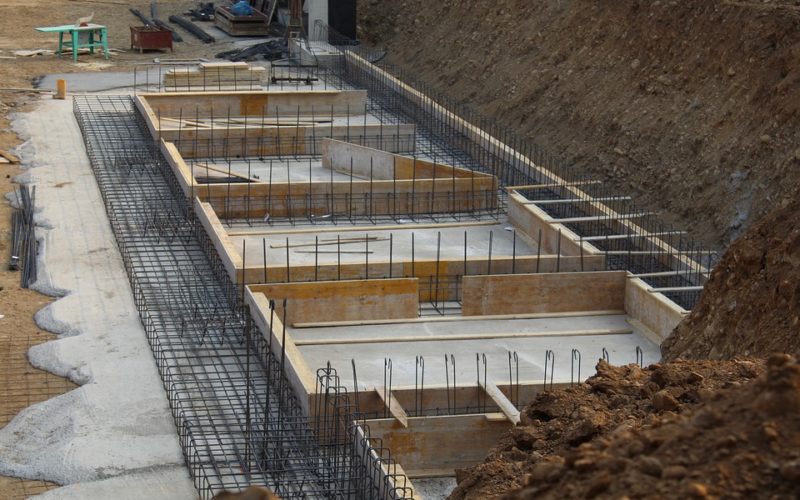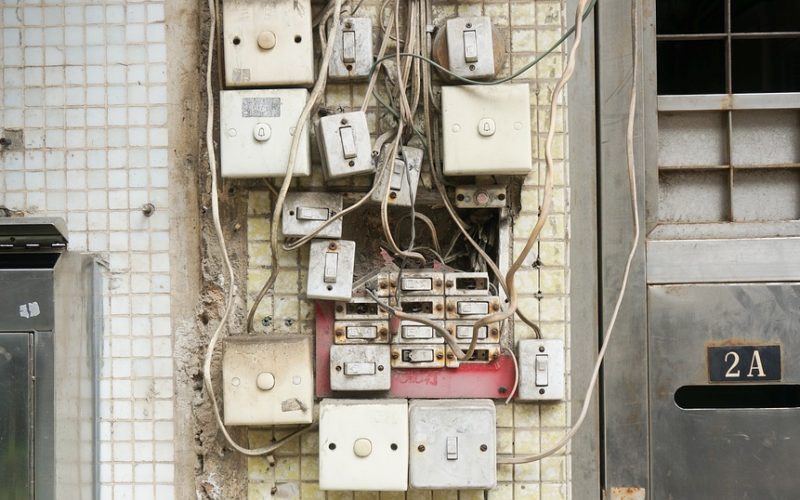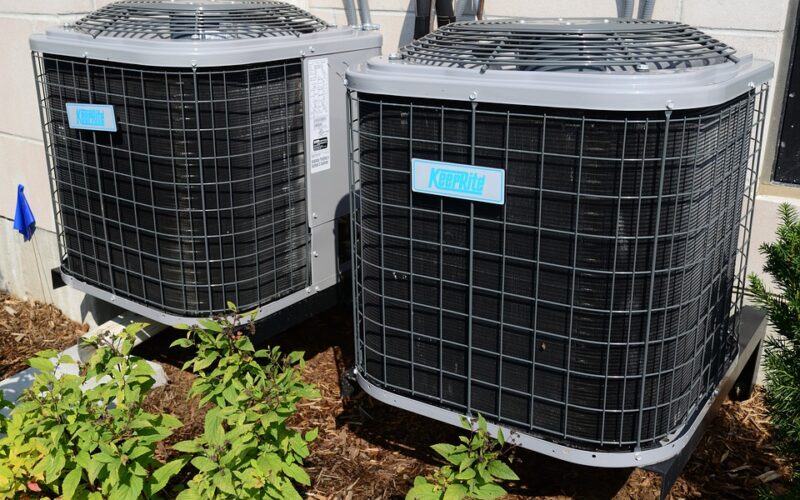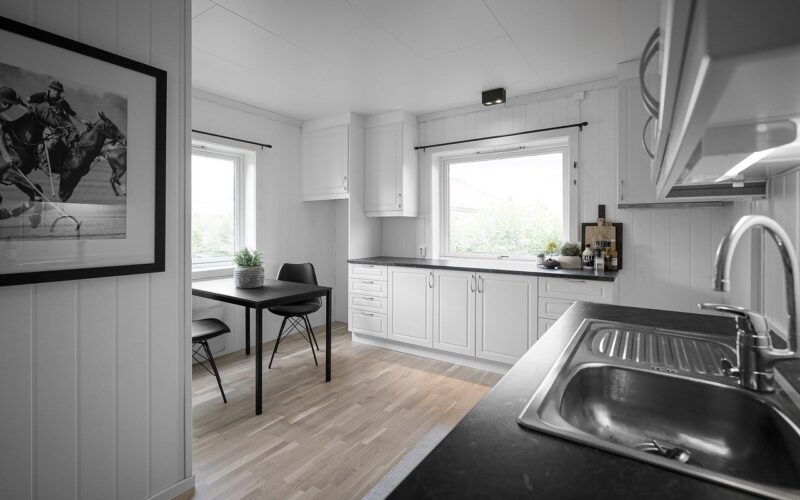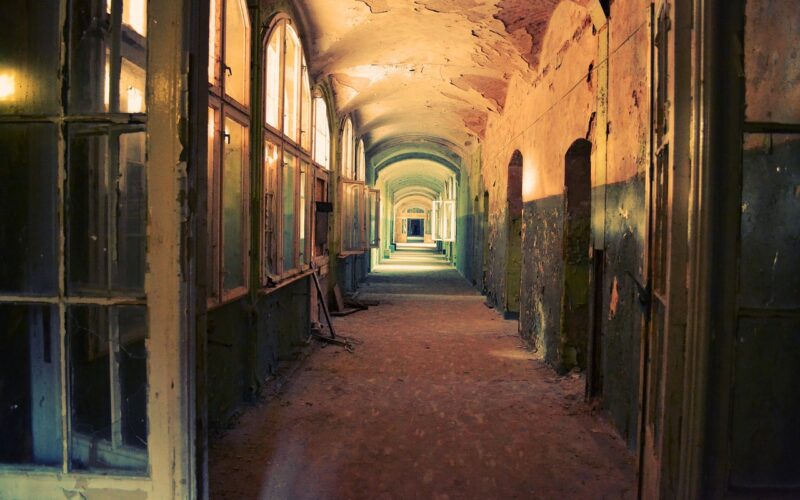When the Foundation Sinks
There are very few places in the world where buildings can be guaranteed to never have foundation issues, so it is best to check the base of any building on a regular schedule. Cracks are generally the first indication there might possibly be an issue that needs correction, so looking at the floor of the basement and the outside of the building is a good preventative measure. Catching the issue early gives the building owner a chance to correct the problem before it causes widespread havoc, and it is often less expensive if dealt with immediately.
Settling in buildings is a normal part of aging, but excessive settling can cause plumbing and electrical issues. Many buildings are designed with settling in mind especially if the layer of dried aggregates or resin bonded aggregates in the foundation hasn't quite been compacted enough, so it might be thought that the owner can ignore sudden cracks that appear or unlevel floors. These should never be ignored, and having them checked out immediately can avoid issues in the future.
While older buildings might not have had maintenance, there is little excuse when it comes to keeping up a maintenance schedule for newer buildings. Homeowners often have a guarantee for their structure that includes correcting foundation issues during the first decade or two, but builders are unable to fix something if they are not told about it. Waiting can cause excessive issues in many parts of the home, so taking a few minutes every few months to check the foundation is an investment in getting the issue solved quickly if it occurs.
Maintaining a building does not need to be difficult, and keeping a good foundation secure can keep floors level and the building safe for all users. Checking every few months for cracks and uneven floors is a good way to invest in keeping a building healthy and secure for many decades into the future.
